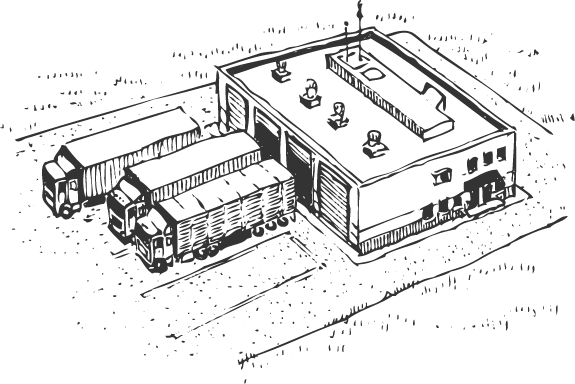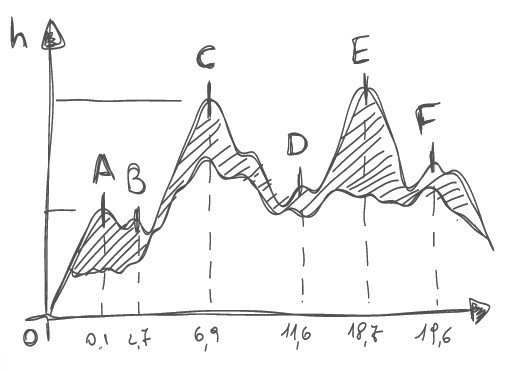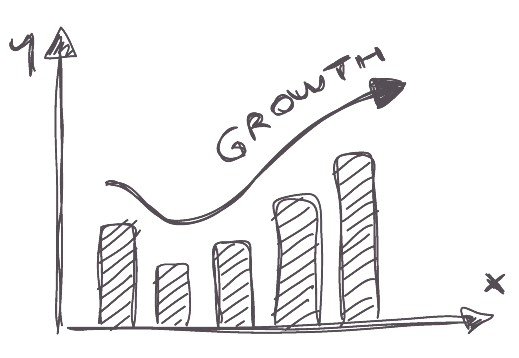Quantitative Supply Chain as a Service - Software+Experts

Quantitative supply chain optimization done by a Supply Chain Scientist

Companies opt for “supply chain optimization as a service” with Lokad in order to:
- reduce stock levels, and reduce overall inventory costs and risks,
- increase service levels, and reduce the frequencies of opportunities lost to stock-outs,
- improve productivity, allowing the client to reorder more frequently and more accurately
As a software company, Lokad has redefined the notion of state-of-the-art demand forecasting through its probabilistic forecasting engine. However, even the best technology is worth little if not leveraged in a way that is fully aligned with your business goals. The quantitative optimization of every single purchasing decision requires several skills that are not commonly found in most companies:
- fluency with high-dimensional statistics and numerical optimization,
- scripting and programming capabilities,
- experience with many comparable supply chain situations.
Lokad’s team can deliver all of these skills packaged into a monthly subscription. A dedicated Supply Chain Scientist, trained by Lokad, will gain an in-depth familiarity with your business, your strategic goals, your processes, your supply chain constraints; all of this in order to execute a state-of-the-art supply chain optimization workflow. The capacity of Lokad to execute your supply chain strategy is measured against your KPIs – as jointly established by your company and Lokad.
Traditional solution vs Lokad
As far as supply chain optimization is concerned, traditional software vendors take a low-risk approach: sticking to marketing the usual software toolkit, selling training and coaching hours, and letting the client operate the optimization process by themselves. Conveniently, if this initiative fails, the client won’t have anybody to blame but themselves for their inadequate use of the tool.
At Lokad, with the experience acquired through analyzing over a thousand datasets, we are confident in our capacity to identify those businesses where our technology and our know-how will yield success. We are also capable of adjusting the complexity of our solutions to best fit the scale of our individual clients.
Traditional solution vendors all have the wrong incentives: the longer and the more complex the implementation of their tool, the more money is to be made. Also, the more complex the solution is to operate and the more “powerful” the forecasting toolkit, the more money is to be made on endless training and coaching. Lokad takes the opposite angle: complexity is, at best, an unavoidable ingredient, but in order to operate profitably, we need to keep everything as lean and efficient as possible. Our goal is to deliver supply chain performance, not complex (and costly) solutions.

Why the flat monthly subscription

Lokad charges a flat monthly subscription for a Premier plan, along a 6-month commitment. The monthly fee is negotiated to suit the ambition and size of our client. Premier plans start at 2500 USD per month because, below this amount, our Supply Chain Scientist would not be able to sufficiently focus on your specific business case in order to deliver the great execution that your business requires.
The fee is flat because it gives us a strong incentive to keep you satisfied over time. Indeed, more traditional solutions push the bulk of the payments upfront, which gives the vendor little incentive to keep things running smoothly over time. Lokad does the opposite: keeping our clients satisfied over time is the only way for us to be profitable. The fee is also maintained flat over time because your business keeps changing, and so does Lokad. As part of the package, your Supply Chain Scientist at Lokad will keep adapting your solution to fit your revised business goals. At Lokad, we are constantly witnessing that traditional approaches that fail to embrace ongoing business change keep delivering outdated solutions designed for yesterday’s needs.
We don’t do success fees because success fees poison the relationship between Lokad and the client. Indeed, not only do both sides get a strong incentive to “game” the success metrics – whatever they are –, but a tremendous amount of effort also gets lost in micro-monitoring the success metrics instead of looking at the bigger picture. Also, in practice, good metrics must remain changing over time, to reflect the ongoing reality of an ever-changing business.
As part of the package, the Supply Chain Scientist at Lokad will keep adapting your solution to fit your revised supply chain goals
Methodology overview

Data preparation
The first challenge, vastly underestimated, is the process of data qualification. Simply put, no matter how clean your historical data might be, we always observe that there are many (many) subtleties in the way data should be understood. It’s not that the data is wrong, it’s just that our understanding of the data is imperfect. Unfortunately, incorrectly interpreted data typically leads to major business mistakes such as confusing order dates with shipment dates, or confusing net amounts with tax amounts, or confusing purchase orders in USD which those in EUR, etc.

Our clients are nearly always surprised by the amount of effort it takes to qualify their data. At first, it looks like the job is going to be done in two days, yet frequently, even after 6 months of production, we keep discovering further edge cases, with small, but non-zero, impact on the businesses.
In practice, data qualification nearly always takes several weeks of effort to be carried out thoroughly. The complexity stems not only from the IT landscape, but also from the exact processes used by the company while operating their systems. However, this time is well invested: proper data qualification is a valuable business asset.
Quantification of economic drivers
Our clients usually have a very acute qualitative sense of their business priorities. For example, you know that the availability of a certain category of products is more important that the availability of another category. However, usually, no one has ever tried to quantify in USD or EUR all the costs and profits related to every single aspect of the purchasing decisions in any given business. Stock-outs cost money, yes, but how much exactly? If this question can’t be answered, then the balance between stock levels vs stock-outs can’t be adjusted. As the saying goes, you can’t optimize what you don’t measure.
One of the key contributions of Lokad is to propose a bespoke quantitative framework that takes into account these strategic economic drivers. Naturally, it’s the client who has the final word on how costs and opportunities should be weighted and modeled. However, Lokad is also committed to not letting you face a “blank sheet”. A proper quantification of the economic drivers is a subtle exercise: the model should be sufficiently refined to capture all the business specifics, but at the same time, the model should be simple enough – not introducing too many variables - otherwise, the complexity of the whole process rapidly begins to hide what is actually being optimized.
Quantifying economic drivers is difficult. Too frequently, vendors sweep the problem under the rug by optimizing percentages; frequently many percentages. However, in our experience, percentages are vanity metrics. Hard earned dollar-based metrics are the only ones that actually matter in the end. As a result, we work with our clients to identify and implement the KPIs that really matter. Also, those KPIs aren’t carved in stone: as businesses change, so do their KPIs.
Fitting the workflow
Our goal is to fit whatever workflow your company needs. Traditional solutions like ERP, WMS or MRP are quite rigid when it comes to workflows: it’s easier to change the way the company is working rather than to change the way the software is working. Lokad is different: our technology is not designed to “manage” inventory or any kind of assets; our technology is designed for quantitative optimization only. Since Lokad does not try to manage inventory and its workflows, we don’t end-up enforcing any workflows on our clients either; which gives us the flexibility to fit whatever workflow is already in place.

We don't cherry pick the indicators that make us look good. Instead, we support our premier client accounts in defining the KPIs that will be used to track Lokad's performance
Delivering ROI
The whole point of a supply chain optimization initiative is to deliver ROI, yet the fine-print of the relevant KPIs (key performance indicators) tends to be very domain specific. We don’t cherry pick the indicators that make us look good. Instead, we support our premier client accounts in defining the KPIs that will be used to track Lokad’s performance. In this way, collaborating with Lokad via a supply chain scientist does not mean letting Lokad loose as far as supply chain optimization is concerned.
Quite the contrary, through the implementation of bespoke dashboards, we give our clients more capacity to follow their inventory performance than they have ever had before. Again, the whole point is not to roll-out walls of vanity metrics – the business intelligence approach – but to design a few dozens of truly critical metrics that are worth being read every day by both the client, and by Lokad too.
Rinse and repeat
Our Premier plans come with a 6-month commitment. Indeed, no matter how awesome the forecasting technology, the methodology and the execution, inventory results can’t be delivered overnight. Clearing up dead or dormant stocks is a slow process that takes months even when executed perfectly. Restoring service levels requires extra inventory that cannot always be ordered immediately, and when inventory can be ordered immediately, lead times might be long or storage capacity might be insufficient.
Lokad executes its projects in quite a swift manner, and we notice that our capacity to execute is rarely the bottleneck of a supply chain optimization initiative. And when it does happen, resolving such issues takes a matter of days rather than weeks. However, data challenges and workflow challenges often take time to be addressed in full on the client’s side. The duration of 6 months is chosen to make sure that the results are tangible by the end of this first phase of the initiative.
